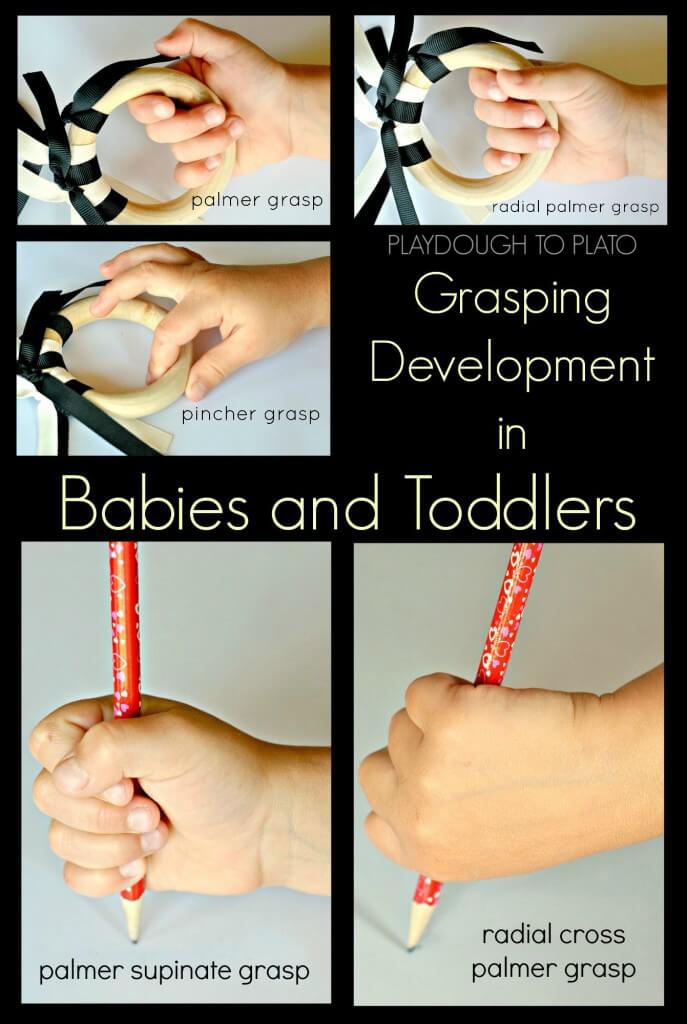 Source: bing.com
Source: bing.comAs a new parent, you may be wondering when your baby will start grasping things. Grasping is an essential developmental milestone that helps babies interact with the world around them. But when exactly do babies start grasping objects, and what can you do to support this development? Read on for a comprehensive guide on baby grasping development.
Table of Contents
When Do Babies Start Grasping?
Babies typically start to grasp objects between 3 and 6 months of age. At first, they will use a palmar grasp, where they grab onto objects with their whole hand. As they grow and develop, they will start to use a pincer grasp, where they use their thumb and forefinger to pick up smaller objects.
What Can You Do to Support Grasping Development?
As a parent, there are plenty of things you can do to support your baby’s grasping development. Here are some tips:
- Provide plenty of opportunities for your baby to reach and grasp for objects.
- Offer toys of different shapes, sizes, and textures to promote sensory exploration.
- Allow your baby to play with safe household objects, like wooden spoons or plastic containers.
- Provide tummy time for your baby, which helps build upper body strength and coordination.
- Encourage your baby to reach for objects by placing them just out of reach.
What Are the Different Types of Grasps?
There are several types of grasps that babies will develop over time:
- Palmar Grasp – This is the initial grasp, where babies grab onto objects with their whole hand.
- Pincer Grasp – This is the refined grasp, where babies use their thumb and forefinger to pick up smaller objects.
- Radial Palmar Grasp – This is a transitional grasp, where babies use their fingers and thumb to hold onto an object.
- Tip Pinch Grasp – This is a refined grasp, where babies use the tips of their fingers to pick up small objects.
What Are Some Common Grasping Toys?
There are plenty of toys that can help promote grasping development in babies. Here are some popular options:
- Rattles – These toys are easy for babies to hold and provide both visual and auditory stimulation.
- Soft Blocks – These blocks are easy for babies to grasp and promote sensory exploration.
- Cloth Books – These books promote grasping and provide sensory stimulation through different textures.
- Teething Toys – These toys promote grasping and also provide relief for teething babies.
What Are Some Signs of Delayed Grasping Development?
If your baby is not showing signs of grasping objects by 6 months of age, it may be a sign of delayed development. Other signs to look out for include:
- A lack of interest in grasping objects
- Difficulty holding onto objects
- Weakness or lack of movement in arms or hands
- Delayed motor skill development overall
If you are concerned about your baby’s grasping development, it’s important to talk to your pediatrician. They can offer guidance and support to help your baby reach their developmental milestones.
Frequently Asked Questions
Q: What is the palmar grasp?
A: The palmar grasp is the initial grasp that babies use, where they grab onto objects with their whole hand.
Q: When do babies start to use the pincer grasp?
A: Babies typically start to use the pincer grasp between 9 and 12 months of age.
Q: Can tummy time help with grasping development?
A: Yes, tummy time can help with grasping development by building upper body strength and coordination.
Q: What are some common grasping toys?
A: Some common grasping toys include rattles, soft blocks, cloth books, and teething toys.
Q: What should I do if I’m concerned about my baby’s grasping development?
A: If you are concerned about your baby’s grasping development, talk to your pediatrician. They can offer guidance and support to help your baby reach their developmental milestones.
